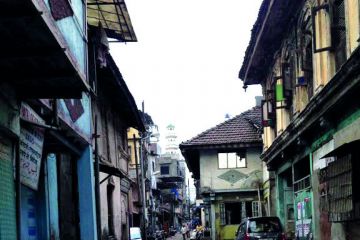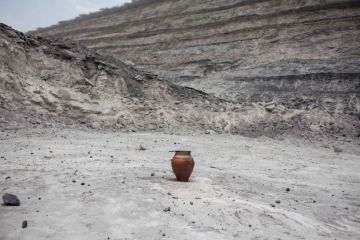
The fire burned in swirls and whorls. It grew brighter in the
damp, pre-dawn darkness, climbing up trees and splitting them apart, torching
the birds, reaching into homes and devouring people and things. The culprit was
an 18-inch Gas Authority of India Limited (GAIL) pipeline, which exploded
around 5.50 a.m. on Friday, June 27, 2014, spewing natural gas and killing 22
people (four more later in hospitals) and injuring 40 at Nagaram village in
East Godavari district of Andhra Pradesh. It ha





